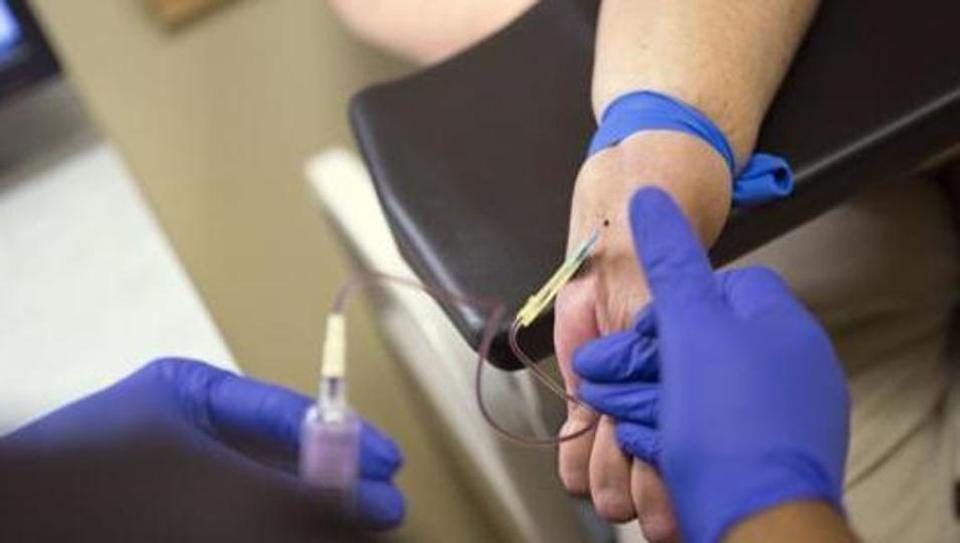Govt committed to eradicate malaria, dengue, chikungunya
New Delhi, Jan 16 : Government is committed to eradicate vector borne diseases like malaria, dengue and chikungunya and has been successful in its efforts as malaria cases fell by 53.36 per cent from 8,05,804 in 2017 to 3,75,845 in 2018 till November.
India is committed to malaria elimination by 2030 in response to the global call by WHO for eliminating malaria by the end of that year, official data showed.
In response to the above, India drafted National Framework for malaria elimination and was launched by HFM in February, 2016 which was followed by drafting of National Strategic Plan (NSP) for malaria elimination (2017-2022). Both the above documents give clear vision as well as time bound strategies for malaria elimination by 2027.
After the call for malaria elimination, India strengthened its interventions by providing and increasing the outreach of malaria diagnosis by using Rapid Diagnostic Kits (for both Pv&Pf), effective anti-malarials like Artemisinine combinations, provision of Long Lasting Insecticidal Nets (LLINs) – 50 million already distributed in North-eastern states and Orissa (more in pipeline for high endemic areas of Chhattisgarh, Odisha and Jharkhand), it said.
Disease surveillance is carried out through identified Sentinel Surveillance Hospitals (SSHs) with laboratory facility networked across the country and linked with Apex Referral Laboratories (ARLs) with advanced diagnostic facility for backup support.
Number of SSHs and ARLs increased to 646 and 16 respectively. Case Fatality Rate (deaths per 100 cases) for dengue is sustained at less than 1 per cent (National target) since 2008 due to training of clinicians on case management as per national guidelines, the data showed.
Dengue cases declined by 36 per cent and deaths by 33 per cent compared to 2017. Chikungunya cases declined by 22 per cent in 2018 compared to 2017.
Constitution of National Programme for Prevention and Control of JE/AES to reduce morbidity, mortality and disability due to JE/AES. A total of 139 Sentinel Surveillance Site Laboratories (SSSHs) and 15 Apex Referral Labs identified in the country for testing of JE in AES cases.
Kala-azar is a notifiable disease in all four endemic states. Kala-azar elimination programme has made significant progress, Reduction of 70.6 per cent in cases of Kala-azar from 13,869 (2013) to 4,073 (2018 till November).
Reported deaths due to Kala-azar have also reduced to 100 per cent as being Nil deaths in 2017 as compared to 11 in 2014. There is Nil death reported in 2018 (November)


Comments are closed.